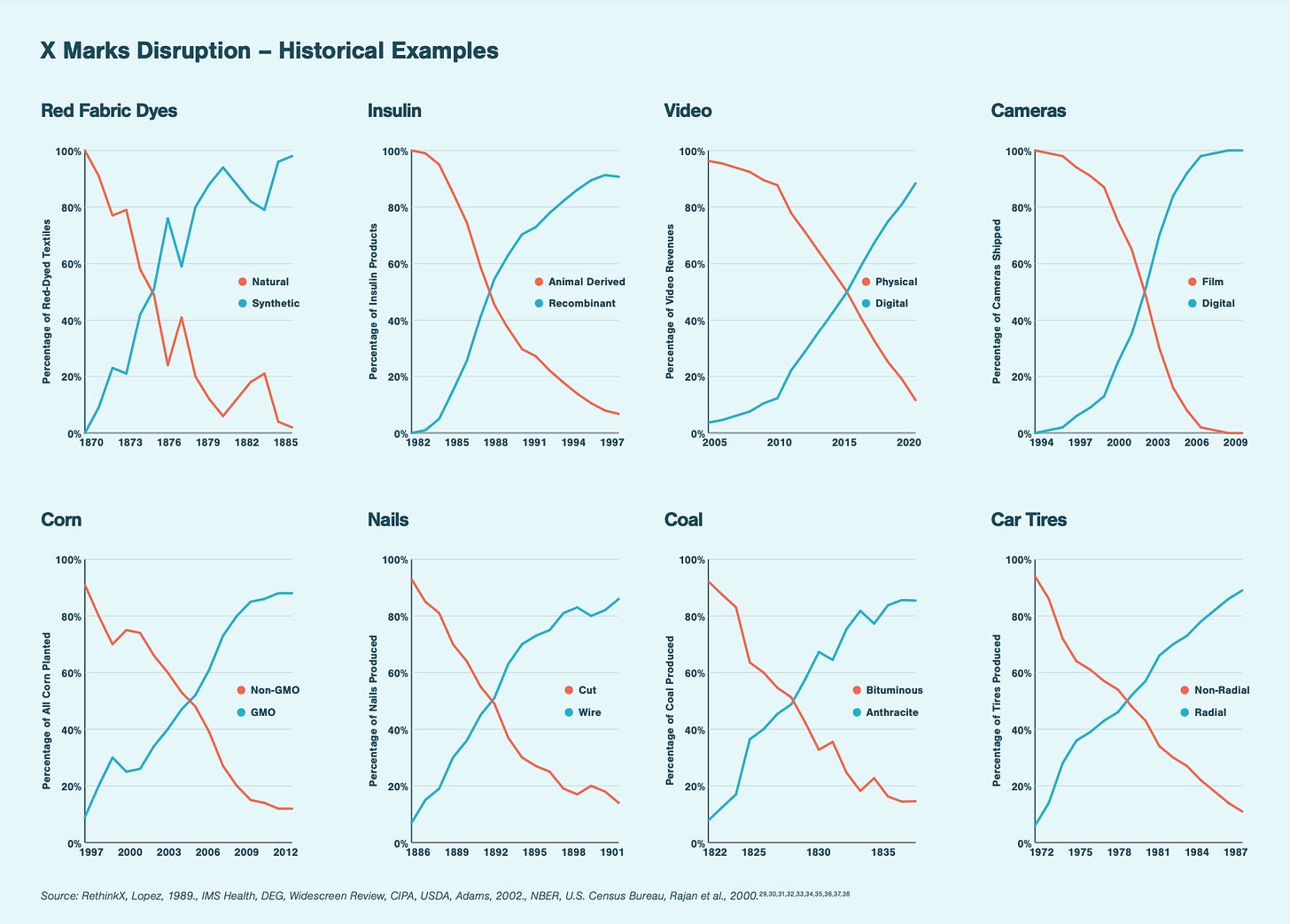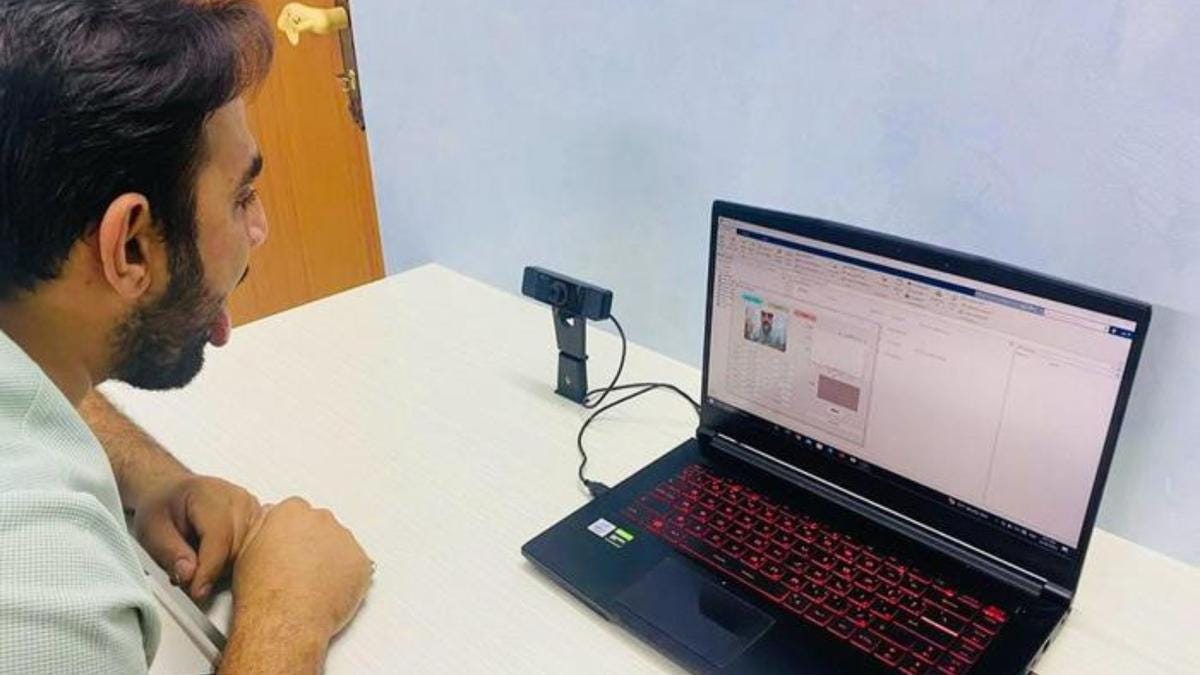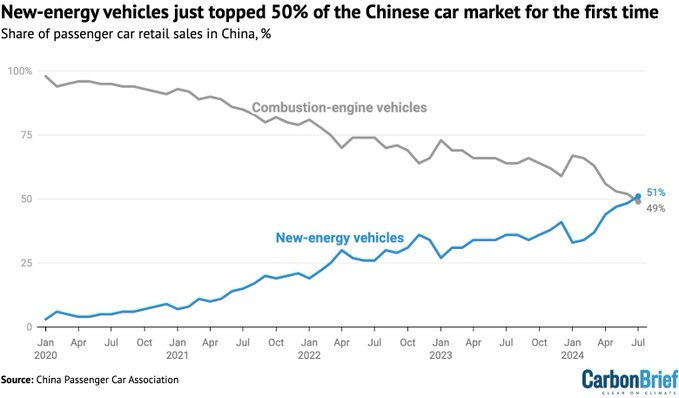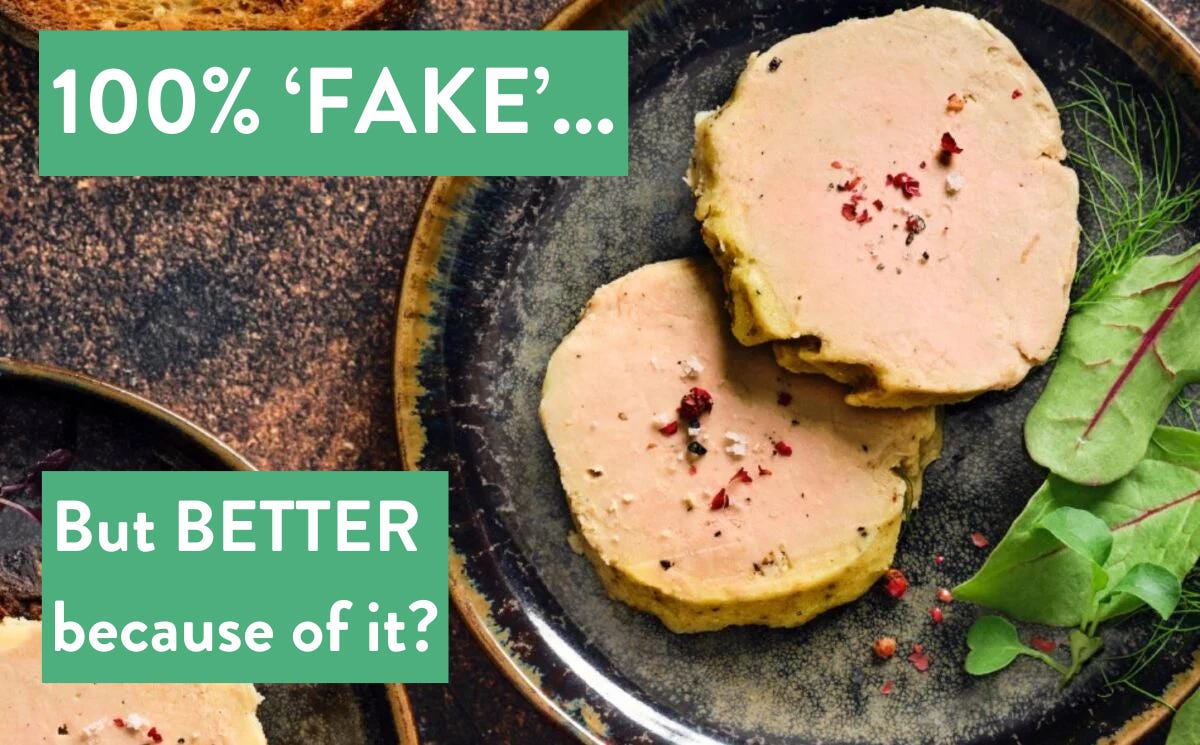Making the invisible, visible; paradigm shifts; synthetics' new ethics
⏩ Future Normal: Fast Forward #106
This week, three fascinating glimpses of the future normal:
Diagnosing disease via your tongue, and making the invisible visible.
China’s EV transition, and paradigm shifts.
Cultivated foie gras, and synthetics’ new ethics.
As always, the innovations themselves are just a jumping off point for the bigger, cross-category, cross-functional questions about what will become normal.
No one can predict the future. What you can do is ask better questions about your potential futures.
Let's do it 💪
Side note: As we approach Q3/4 planning season, many of you will be looking ahead to 2025.
I’d love to help.
The two main things I can bring to your next event:
VisuAIse Futures: a new interactive, ‘multiplayer’ AI-powered creative experience.
Your Future Normal: a non-obvious trend keynote to reimagine your business.
Read more about these at the bottom of this email, if you’re interested.
Note: the Q3/4 event ‘season’ is filling up – from September I’ll be doing sessions in Berlin, New York, Las Vegas, Rome, Greece, Barcelona and Riyadh, as well as staying closer to home in London, Bournemouth and Berkshire :)
To discuss your next event, please do mail Renee Strom on renee@ideapress-speakers.com.
Algorithm predicts disease with 98% accuracy via analysing your tongue colour
I’m fascinated at the multitude of amazing - and often life-saving - ways that AI is making the invisible, visible.
Researchers have created an AI model that can analyse a patient’s tongue and diagnose diabetes, stroke, anemia, asthma, liver and gallbladder conditions, COVID-19, and a range of vascular and gastrointestinal issues.
This sounds like science fiction, but there have been many other recent examples of how various biomarkers can be used to better predict and detect health issues:
Cordio’s HearO app analyses voice data to predict heart failure before they require hospitalisation.
WARN is an AI that can predict the onset of atrial fibrillation (AF) over 30 minutes in advance.
Google’s HeAR, that can detect health conditions from coughing and breathing.
Eric Topol calls this ‘opportunistic AI’, after research showed that analyses of common X-rays and CT scans can detect various conditions, such as diabetes, cancers, cardiovascular and coronary artery diseases that the original scans weren’t looking for.
Read more in the full VisuAIse Futures: Healthcare report.
But even if you’re not in the healthcare space, the bigger question you should be asking is:
💡 “Which new sources of data could AI help us make sense of?”
What’s even more fascinating is that the study is based on a 2000-year old practice used in Chinese medicine.
Everything old is new again.
From utopian, to unremarkable: more than half of cars sold in China last month were hybrid or electric
Trends are always first seen at the edges. As a leader, your job is to assess their potential. Will a trend remain small, or will it become mainstream?
One way to do that is to look for places where a trend has already crossed the chasm.
China isn’t the only market experiencing a profound shift away from traditional ICE vehicles - in Norway, EVs are nearly 95% of new registrations.

One of my favourite sources is RethinkX. A provocatively techno-utopian think tank, the X in its name comes from looking at how technological transitions often follow similar patterns - with the seemingly impregnable incumbent being quickly pushed aside by a new challenger, as shown above.
The most important questions to ask yourself when looking at emerging trends:
💡 Is this something that will remain niche?
💡 Or is this a paradigm shift, that will become normal?
Note: it’s not a firm rule, but cultural and behavioural trends are typically more likely to fall into the first bucket; technologies only fall into the second bucket when they become objectively ‘better’ than those they replace.
Gourmey applies for regulatory approval for its cultivated foie gras
Do you eat foie gras? You might in the future normal, if this French startup makes it socially acceptable…
I first wrote about Gourmey, the French startup making ‘cultivated’ (aka ‘lab-grown’) foie gras in our Unnaturally Better chapter in The Future Normal. Now, 3 years later it’s applied for regulatory approval in Singapore, the US, the UK, the EU, and Switzerland.
I’m a big believer that most of us will choose more sustainable options only when they are ‘better’ (ie. easier, faster, cheaper, etc). Which is why Gourmey’s strategy makes a lot of sense:
foie gras is hugely expensive (making it easier for the synbio version to compete with the ‘natural’ alternative)
it’s also hugely ethically ‘problematic’ (most people don’t feel great about eating something that’s been force-fed).
We’ve seen the same thing happen with diamonds – with brands like Pandora actively turning away from ‘natural’ diamonds, in response to millennial & Gen Z demand for cleaner, cheaper stones.
💡 What if foie gras becomes a common ingredient in 10 years time? Would you eat it (if you' don’t today)?
💡 What other things which are off-limits today, might become acceptable if produced very differently?
Can I inspire your team to think differently?
This year I’ve delivered 20+ sessions, both live and virtually – from Brazil to Saudi Arabia, Slovenia to Shoreditch.
As well as my usual trend & innovation keynotes, I’m hugely excited about my newest offering – VisuAIse Futures.
It is an interactive, ‘multiplayer’ creative experience that will see your audience think differently about AI:
“It was so refreshing to hear how AI can be used to power human imagination, rather than replace it. And then it was even better to actually experience it”
“Fantastic session! Hugely insightful and fun, too!”
“Brilliant. The feeling in the room was positively intense whilst the images were coming through!
Feel the optimistic vibes it will bring to your event in the 2-minute video below.
If you’d like to discuss bringing me to your next meeting or event then please do reach out directly to Renee Strom or check out my speaking site.
Thanks for reading,






